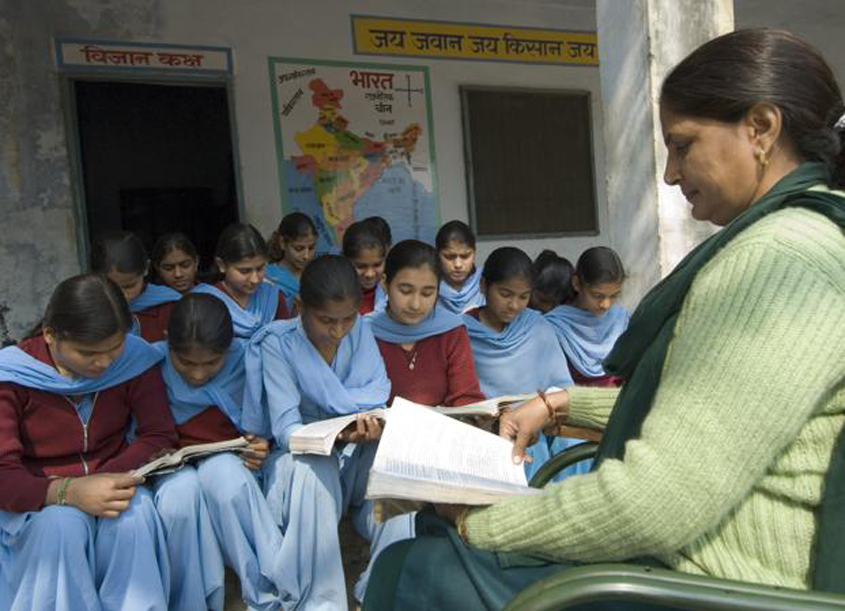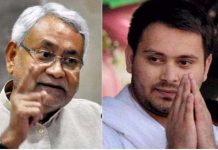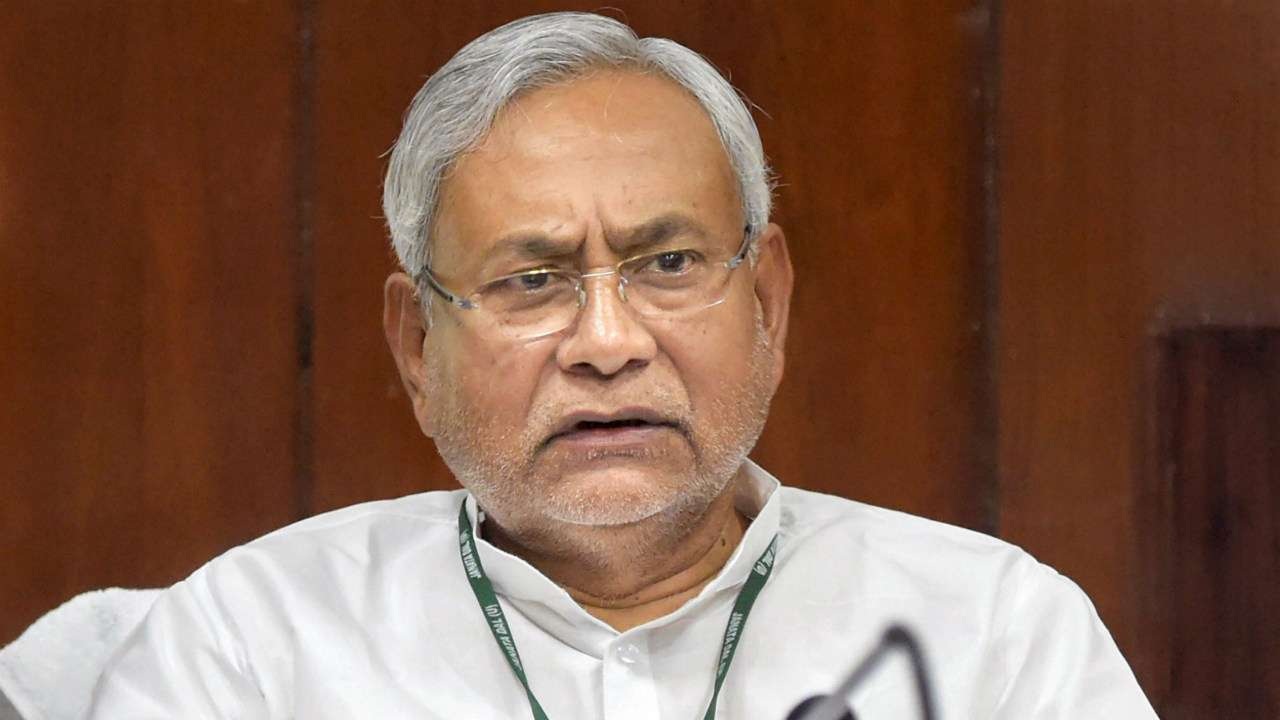This is unlike the regional jingoism that Nitish Babu had spun. The rhetoric of ‘Naya Bihar’ had earned electoral and emotional support for Nitish Kumar who was also known for challenging Mr. Modi only to do a somersault later.
Many of us wondered as to what was new in the ‘Naya’ of Nitish Kumar’s Bihar for a very long time.
It is with Kanhaiya that we get at an iota of clarity. The new of Bihar is indeed its old socio-cultural and political legacy beyond the comprehension of the organized party politics. It is being discovered, or rather rediscovered, anew in terms of electoral politics.
But then, this ‘good-old-thing’ of Bihar had been behind much of human mobility, of individuals, scholars, activists, students and youth that catapulted them from small towns to cities of rank and files.
The romance with Indian railways began as many of the dreamers, seeking education and career, migrated to cities in the la Silicon smart-cities, to the diasporas in and beyond India, to the various new locations of politics including Delhi, Mumbai and such places, to the cities of dream merchants, and to the locations of higher education.
Pretty old ethos of Bihar, which many of us began to discover in the wake of Bihar’s instable governance, rise of hooliganism and kidnapping rackets, decline of education and employment and what not.
Bihar gave reasons to see the relation of street and parliaments, formal party politics and social movements in posterity too. However, it is with Kanhaiya that yet another important trait could be acknowledged.
And that is about being from Bihar and yet not subscribing to regional parochialism. This is despite the rustic characteristics, habitual consumption of tobacco-paan-bhang, unsophisticated linguistic styles, and register of political grudges.
Teeming number of unsung Biharis flocked to Delhi and other such cities in pursuit of education and career struggling against various odds including the pejorative label ‘Bihari’ prevalent till very late.
They made it to the world of business, higher education, politics, commerce, culture industry, and everything that came their way.
They exhibit enormous amount of flexibility in views, ability to negotiate with the challenges of host societies, and willingness to achieve a hyphenated identity. Even though they may be frequent travellers to their ‘homes’ in Bihar, as the north India bound trains may suggest, they have successfully created a home away from home.
Particularly, many such unsung Biharis occupy distinguished positions in the premier universities in India and abroad. Not only Jawaharlal Nehru University, they are at various institutions of prestige doing relevant research and teaching and shaping up future of social sciences in India. In the field of sciences and technology, bureaucracy and foreign services, media and journalism, many of them have accomplished recognizable status. And a large swathe of them also ensures the services in various parts of India; they repair from air conditioner to wristwatches, they sell from vegetables to software programs, and they manufacture from ideas to performances.
They all may not put their thoughts as eloquently as Kanhaiya does. But they embody the same spirit of old Bihar, which a new Kanhaiya has thankfully put into the national scheme of reckoning. Among various features of this spirit, one is about the common critical aptitude. This is an ability to think critically about the issues and individuals. It is much valuable in a time when total surrender of free will is a quotidian crisis.
The ability to turn critical of the might, showing that the emperor is naked, has a history in Bihar. This is a typical feature of a character named Khattarkaka in the fictional work of modern Maithili writer, Harimohan Jha; Phanishwarnath Renu took on the national movement with due cultural scepticism; the poetics of Baba Nagarjun did not spare an Indira Gandhi in the heydays of her triumph; and much before this all, the philosophers-sages had already outlined a critical intellectual tradition in the form of Nyaya (Nab-Nyaya being most sophisticated advancement). These are some of the randomly thought textbook examples which get more additions when one leisurely thinks of practices of socio-cultural criticism in Bihar. Indeed the density of the old spirit of Bihar manifests in quirky idiosyncrasies of Biharis every now and then despite the socio-political objectives playing a decisive role.
If this is so, why shall one from Bihar not be keen to celebrate a Kanhaiya? After all, he articulates everything Bihar has encountered through different experiential narratives. Irrespective of party politics and ideological preferences, hence, folks from Bihar, living across India may want to celebrate Kanhaiya as a sociological declaration of the old spirit of Bihar. And with such a celebration one begins to see the immense possibilities that folks from Bihar create in various walks of life.











